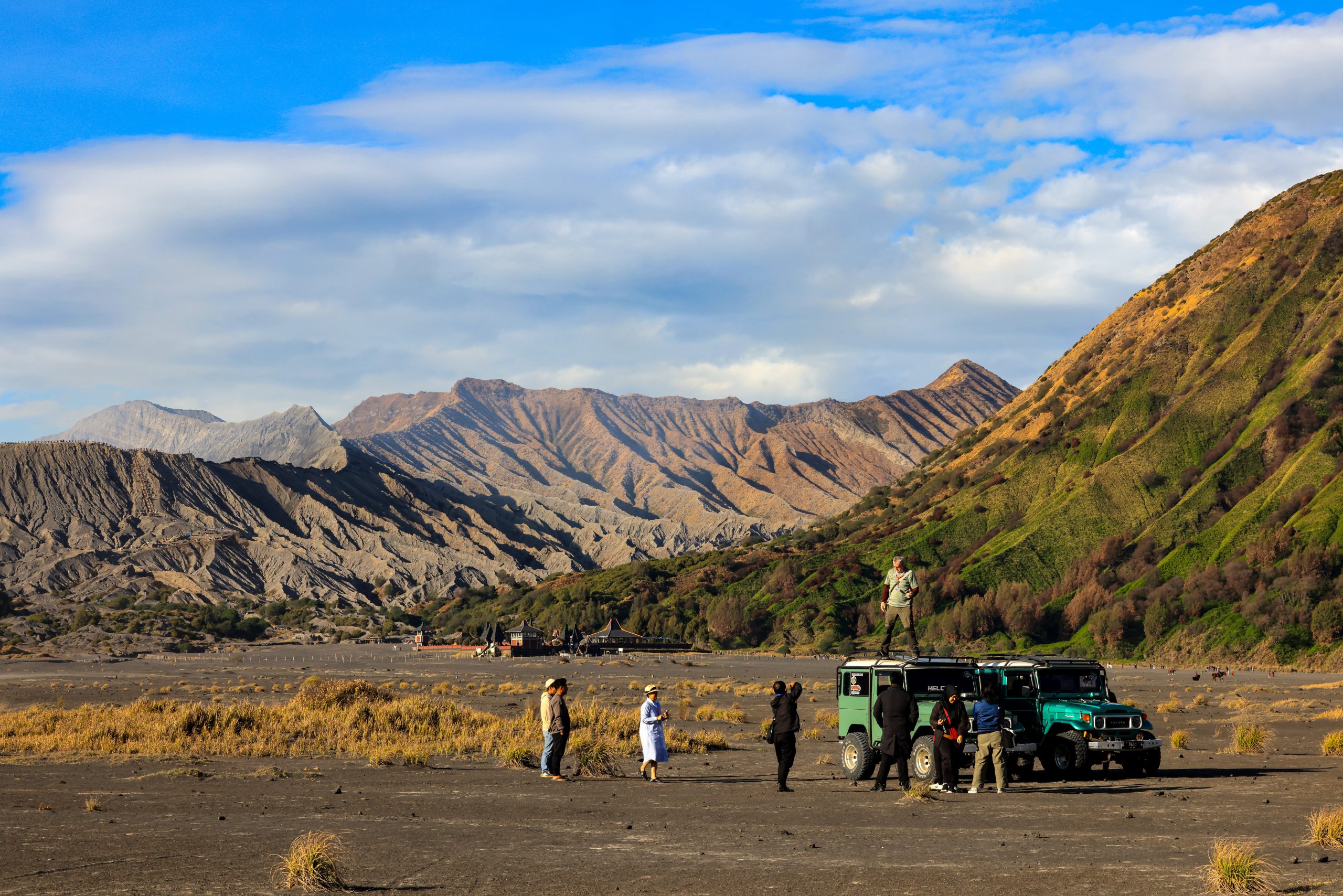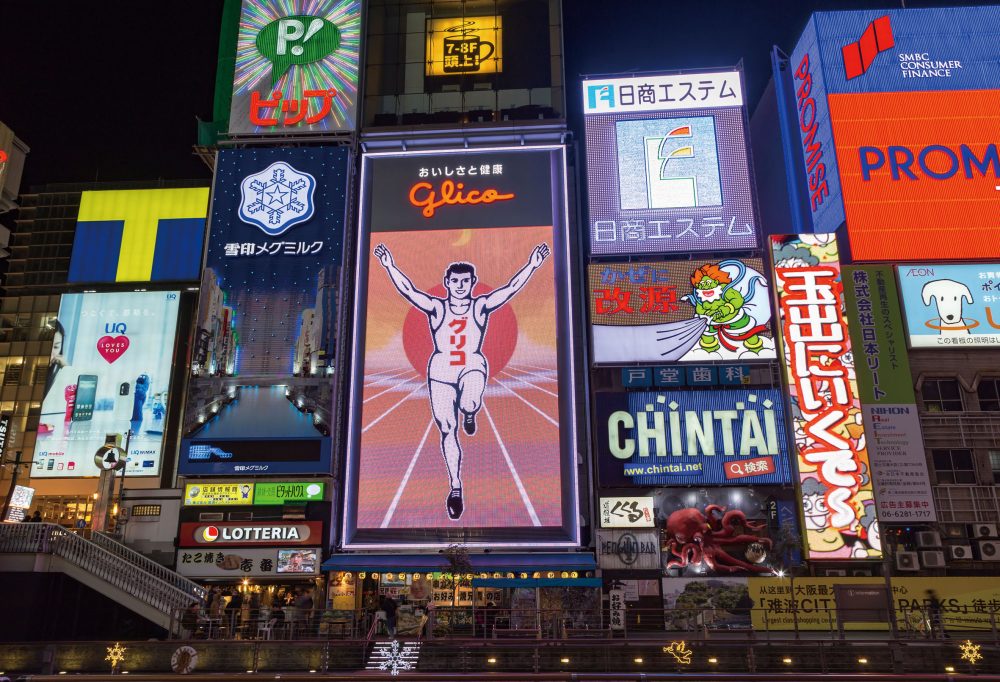In the early 20th century before 747s roared across the skies, ocean liners braved long, arduous journeys to deliver their passengers to their desired destinations. But then came the 1960s and the dawn of the Jet age, and planes made their water-bound counterparts seem to crawl at snail’s pace.
Slowly but surely, passenger ships fell out of use with corporate travellers and found new life as agents of leisure – today’s cruise ships, catering mainly to tourists and honeymoon couples.
Understandably, in an age where businesspeople blitz through life in cabs, subways and planes, one wonders how these slow (cruising at 20 knots or about 37km/h), lumbering steel whales of the ocean can keep up with the times.
But cruise companies believe that their ships have potential as venues for various kinds of business events.

“We see an increasing trend among corporate clients to explore this attractive alternative of hosting an event on a cruise ship,” says Michael Goh, senior vice-president for sales at Star Cruises.
Silversea Cruises regional director, Melvyn Yap, agrees: “Typically, our global corporate events business represents around 15 to 20 percent annually depending on the year in question. There is definitely an upward trend as awareness of the all-inclusive value of the business events cruise product grows.”
He adds, however, that the majority of his clients usually come from more mature markets such as the US, Europe and Australia, where people are more familiar with the idea of cruising than citizens of most Asian countries.
Though Asia is a small market compared with its Western counterparts, this is set to change with major cruise lines expanding into the region.

In October last year, four leading players – Costa Cruises, Star Cruises, Royal Caribbean Cruises and Silversea Cruises – banded together to form the Asian Cruise Association to further the development of the industry in the continent.
Ports in Asia are also expanding to handle these larger vessels as well. Joining popular travel destinations such as Hong Kong and Singapore are the developing destinations of Laem Chaban not far from Bangkok in Thailand, Malaysia’s Port Klang near Kuala Lumpur and northern Vietnam’s Halong Bay, just to name a few.
Not be outdone, China is home to the coastal metropolis of Shanghai and Sanya on Hainan Island, where Asia’s largest cruise terminal is due to be completed by 2010.
The Asian cruise market might be in its infancy, but nonetheless things are developing rapidly.
“The idea of cruising saw its popularity rise in America in the ‘80s, exploded in Europe in the ‘90s. Now, it is the time for Asia,” says Dario Rustico, sales director, Asia-Pacific, Costa Cruises.
Make it matter
Budget
With the recent financial meltdown and the scramble to cut costs, cruises are a natural choice for event planners as they provide all-inclusive pricing. So, organisers are assured there would be no unexpected bar bill additions.
Convenience
Guests are saved from exhausting flights, snaking queues and security checks that are all too commonly associated with air travel. Instead, cruise ships can pick up delegates at a port near them, reducing the strain of travel.
Tailor-made
With enough planning, almost anything can be done on a ship. Options are wide to cater for different kinds of events, a variety of meals and a varying number of guests. Star Cruises hosted over 4,000 onboard the Superstar Virgo, while Silversea Cruises, which specialises in more intimate affairs, can hold 150 guests onboard at one time. You can arrange to have your company's logo on the side of the vessel, if you charter the ship.
Luxury
Cruise ships today are like floating five-star hotels, offering almost everything their terrestrial counterparts can from well-equipped meeting facilities, such as boardrooms, showrooms, audiovisual equipment as well as internet connectivity.
Myth #1: Cruising appeals only to the older generation
FALSE: Onboard any cruise ship today, you will find entertainment that caters to almost everyone – casinos, bars, clubs, internet cafés, performances and movie theatres. Granted, most of them are indoor, but cruises offer just about anything that can be done on land. Gyms and swimming pools are mainstays on cruise ships, so there is no need to worry about getting out of shape.
Myth #2: Cruises and onboard events are boring
FALSE: Yes and no. It all boils down to planning. A corporate event being held on a cruise ship does not automatically make it boring. Cruise companies have the flexibility to tailor to your company’s needs, objectives and interests – even more so if you charter a ship.
Myth #3: Cruises are long and this means being stuck on a ship for days
FALSE: Customisation means that planners can decide exactly how long (or short) an event will be on a ship. As for being stuck, most cruises spend a maximum of two days in between ports, allowing plenty of opportunities for exploring the cities on shore.
Myth #4: Cruises cause seasickness
FALSE: Two words: ship stabilisers. They act as fins that eliminate the sea’s effect on the vessel’s movement. The result? No rocking, no rolling and most importantly, no unsightly puddles.
Myth #5: Cruises are expensive and for the rich
FALSE: Cruise costs cover your accommodation and dining, not to mention onboard entertainment, as a single integrated package. In comparison, the complex sum of flights, hotels, venue hire, transfers, catering and entertainment can sink your budget. It makes the accountant happier when you hand in a single bill.
Myth #7: Guests onboard cruises are out of contact
FALSE: Just because someone gets on a giant ship sailing around the world, it doesn’t mean he or she has fallen off the face of the earth. Yes, you can be out of contact while on a cruise – but only if you want to. Most cruises ship have telecommunications systems available, so calling and faxing is still possible. Newer vessels provide internet access, so there should be no reason to worry about returning to an inbox full of emails.
Blueprints: A look at four ships that serve Asia
SUPERSTAR VIRGO
Operator: Star Cruises
Vital statistics: 268 by 32 metres, holds up to 1,870 passengers in 935 cabins. Takes the Singapore dollar as the onboard currency.
Where to meet: In the 83-seater theatre-style Picture House or five cosier rooms that can host from eight to 25 persons.
Facilities available: Onboard shops, game rooms, cinemas, discotheque, karaoke, video arcade and even a children’s water-themed park to keep the kids busy in case they come along. Keeping fit is possible with a jogging track, swimming pools and a gymnasium. Guests can also avail of saunas and Jacuzzis if they need a break.
Wine and dine: Japanese, Italian, Indian, Chinese, Southeast Asian and international restaurants and bars with a combined capacity of 2,271 seats.
Claim to fame: Hosted 4,000 incentive delegates from Pro-Health (China) Co Ltd onboard back in October. Flagship cruise vessel of Star Cruises.
SILVER WIND
Operator: Silversea Cruises
Vital statistics: 156 by 21 metres, carries up to 296 guests hosted in 147 cabins. Served by an Italian crew of 212. Onboard currency is the American dollar.
Where to meet: The conference room can hold 24 guests and the card room can hold 30 guests. These rooms can be combined into a single space by taking out the movable wall, and it can hold 54 guests. Furthermore, a 288-seater show lounge is available for large-scale functions.
Facilities available: Equipped with a casino, spa, fitness centre, library, an outdoor swimming pool and two whirlpools.
Wine and dine: The Restaurant seats 325 guests, Italian La Terrazza holds 172 diners, and the onboard wine bar called Saletta has space for 40 people. Other venues include the bar, Panorama Lounge and the Champagne Room that can hold 92, 138 and seven people respectively.
Claim to fame: Known for intimate events onboard smaller ships.
COSTA CLASSICA
Operator: Costa Cruises
Vital statistics: 221 by 31 metres, carries up to 1,680 guests in 654 cabins. Served by a crew of 590.
Where to meet: There are 512 seating places at the Colosseo Theatre, 278 at Puccini ballroom, 108 at the conference room and 49 at the meeting room.
Facilities available: This vessel rivals even some hotels in terms of facilities. There are two swimming pools, four Jacuzzis, a beauty centre and spa. There is also a theatre that spans two levels. Not to be missed includes a card room, an inbuilt shopping centre and even a Roman Catholic chapel. Last but not least, there is the Galileo Disco and Observatory, which is an observatory by day but is transformed into a club when darkness falls.
Wine and dine: The ship’s two restaurants and seven bars all have strong touches of Italian. These dining outlets include the Tivoli Restaurant, La trattoria Buffet and Piazza Navona bar.
Claim to fame: Classic Italian service.
RHAPSODY OF THE SEAS
Operator: Royal Caribbean Cruises
Vital statistics: 279 by 32 metres, holds up to 2,435 passengers in 999 cabins. Served by an international crew of 765.
Where to meet: The onboard conference room can hold 176 guests, while four smaller rooms are available for more privacy.
Facilities available: If your guests love water, they will enjoy this – one outdoor pool, six whirlpools and a hybrid pool that converts from indoor to outdoor with the aid of a sliding roof. Lest they suffer from aquaphobia, they can keep busy with a shopping arcade, spa, fitness centre, art gallery and even a rock-climbing wall – always useful if they want to learn how to ascend the corporate ladder.
Wine and dine: The Edelweiss Dining Room can seat up to 1,200 guests, the Windjammer Café can cater to 710, and Champagne Terrace can serve 202. For smaller events, Schooner Bar can hold 145 while the Champagne Bar can hold 46.
Claim to fame: Largest cruise ship sailing across Asia-Pacific.
Land or Sea?
How do hotels compare to cruise ships?
Hotel
A five-star hotel within walking distance of Singapore’s central business district, winning several industry awards over the past two years.
Meeting package: US$75 per person over three days
Accommodation (Twin sharing): US$280 per person for two nights in a Deluxe Room
Meals Provided: Breakfast, lunch and coffee breaks
Extras: Entertainment, transport and dinner
Total: US$505 per person for a 3D2N meeting
Superstar Virgo
Route: Singapore-Malacca-Kuala Lumpur-Singapore
Accommodation (twin sharing): Stateroom
Meals provided: Breakfast, morning tea, lunch, high tea, dinner and supper.
Extras: Passenger handling charges and fuel surcharges, estimated at S$76 (US$52).
Total: For two nights’ accommodation, a Stateroom costs US$459* each for the first two guests sharing the room. If there are four persons, the third and fourth guests pay US$426* each.
Verdict: Considering that both dinner and entertainment will have to be arranged at the hotel for another three days, it does make the all-inclusive cruise package cheaper. And with onshore events, additional costs will have to be included if you intend to transport your guests from venue to venue.
The cruise operator gives the option of a trip onshore for passengers who want to explore the various ports of call.
Meanwhile, a hotel has the advantage of having bigger rooms. A Deluxe Room has 38sqm while the ship’s Stateroom measures 15.5sqm. Likewise, a hotel room usually has one king-size (or two double beds) as compared to the vessel’s queen-size bed and its single wall bed and sofa bed. However, only a maximum of two adults are allowed in a Deluxe Room, while the Stateroom can have four guests. Extra charges for additional services such as massage and spa treatments.


